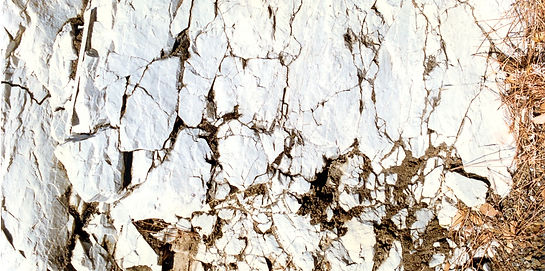Enhanced Oil & Gas Recovery and Reservoir Characterization

Reservoir characterization is critical in the assessment of enhanced oil and gas recovery processes. The members of the RC research team focus on characterization of fracture networks and fracture surfaces, permeability estimation for complex carbonate systems, and up-scaling:
Outcrop fracture pattern of a producing geothermal reservoir (marble).
Computer generated 32x32 grids Fractional Brownian Motion permeability fields.
Our research in the area of fracture surface characterization includes the experimental identification of fracture surface roughness:
Scanned surface of 2-inch diameter natural fracture surface.
This fills a significant gap in the area of fracture characterization, which is a need in modeling the fluid flow in a single fracture:

RC



Reservoir Characterization (RC)

Top and side views of fracture models. The thickness of the model varies slightly model by model (Raimbay et al. 2017).


The planar view of water and polymer (Xanthan Gum) solution flow in the joint fracture models given in the table below. In the above image, the blue areas correspond to air and the yellow area is dyed water/polymer solution (Raimbay et al. 2017).

Lithological descriptions of the rock samples and the calculated roughness parameters (Develi and Babadagli 2015).


The planar view of water and polymer (Xanthan Gum) solution flow in joint-type (mating) fractured models given in the above table. The blue areas correspond to air, the yellow area is dyed water/ polymer solution, and the black is embedded sand
(Raimbay et al. 2016).
